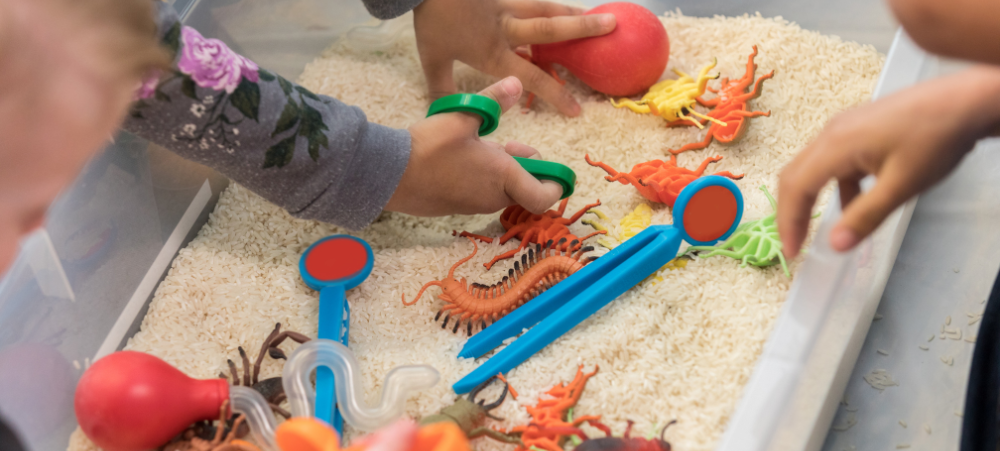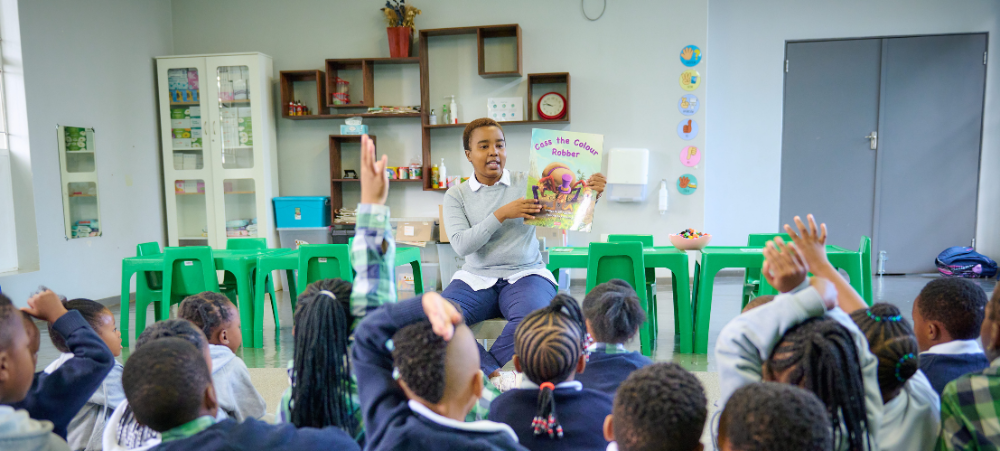As the winter chill settles in, Affinity Health, a leading provider of high-quality healthcare, highlights ten healthy winter foods that can help fortify our immune system, boost energy levels, and promote a healthy lifestyle. “During the winter months, it’s essential to focus on nutrient-rich foods that support our immune system and overall health,” says Murray Hewlett, CEO of Affinity Health. “By including winter fruits, vegetables, whole grains, and lean proteins in our meals, we can fuel our bodies with the necessary nutrients to thrive during the colder months.” Here are the top 10 food recommendations from Affinity Health to help you stay healthy during winter. Citrus Fruits: Bursting with vitamin C, citrus fruits such as oranges, lemons, and grapefruits are winter powerhouses. They boost our immune system and fight off colds and flu. Enjoy them as a snack, or add them to salads, smoothies, or warm herbal teas. Winter Squash: Winter squash varieties like butternut, acorn, and kabocha are rich in fibre, antioxidants, and vitamins. They offer a lovely and hearty addition to winter meals. Roast, mash, or turn them into soups and stews for a dose of nourishing goodness. Dark Leafy Greens: Greens such as kale, spinach, and Swiss chard are packed with essential nutrients like iron, calcium, and vitamins A and K. Incorporate them into soups, stir-fries, or salads for a vibrant and nutritious boost to your winter meals. Root Vegetables: Root vegetables like carrots, beets, and sweet potatoes are earthy and nutritious staples in winter. They are high in fibre, vitamins, and minerals, providing sustained energy and supporting digestive health. Roast, steam, or use them in hearty winter casseroles and stews. Oats: A comforting and versatile grain, oats are rich in fibre, protein, and essential nutrients. Start your winter mornings with a warm bowl of oatmeal topped with fruits, nuts, or spices like cinnamon and nutmeg. Oats provide long-lasting energy and promote healthy digestion. Cruciferous Vegetables: Broccoli, cauliflower, Brussels sprouts, and cabbage belong to the cruciferous vegetable family. They are packed with vitamins, minerals, and disease-fighting compounds. Roast or sauté them to enhance their flavours and reap many health benefits. Soups and Stews: Warm, hearty soups and stews made with nutrient-dense ingredients are perfect for winter. Opt for homemade varieties using seasonal vegetables, legumes, and lean proteins. They provide hydration, nourishment, and comfort during the colder months. Nuts and Seeds: Nuts and seeds, such as almonds, walnuts, chia seeds, and flaxseeds, are excellent sources of healthy fats, protein, and essential nutrients. Sprinkle them on salads or yoghurts, or enjoy them as a snack to boost energy levels and support heart health. Herbal Teas: Warm up from the inside out with herbal teas like chamomile, ginger, or peppermint. They not only provide comforting flavours but also offer various health benefits. Sip on these teas to promote relaxation, aid digestion, and boost overall well-being. Fish and Seafood: Fatty fish like salmon, mackerel, and sardines are rich in omega-3 fatty acids, which support heart health, brain function, and reduce inflammation. Include them in your diet to promote a healthy heart and provide essential nutrients. About Affinity Health Affinity Health is South Africa’s leading health insurance provider, offering you a range of options at affordable rates, including access to the widest national provider network. We understand the importance of medical insurance that meets your needs, budget, and lifestyle. Our range of healthcare products is designed to protect you and your family when it matters the most. We strive to give our clients peace of mind and the highest standard of service. For more information, follow us on Facebook, Twitter, and Instagram.
































